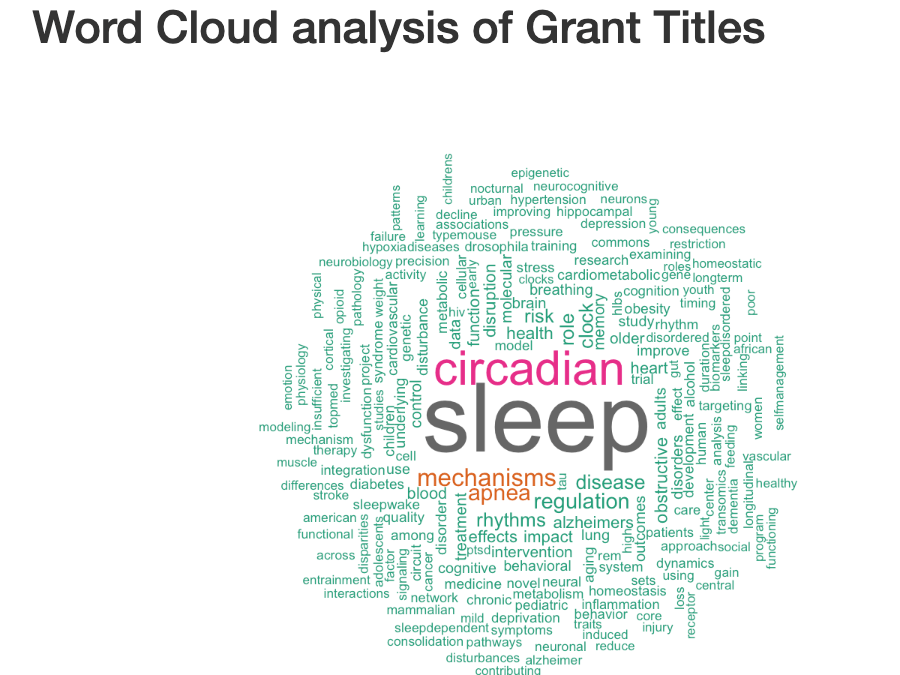by keithsheppard | Mar 27, 2020 | Lab Blog
We all know it’s important to use GPU resources efficiently, especially during inference. One easy and highly effective way to achieve this is to reorder some of your inference logic to exploit PyTorch’s asynchronous GPU operations. This becomes especially...
by gautamsabnis | Mar 20, 2020 | Lab Blog
Multivariate response data are routinely generated from experiments carried out in our lab. For example, several interrelated gait metrics such as stride length, step length, limb duty factor etc. are extracted from each stride of the mouse. The goal is to gain...
by arojitmitra | Mar 16, 2020 | Lab Blog
Recently, I got a golden opportunity to be at NIDA headquarters attending a meeting where leading scientists in the field of addiction were discussing the face validity of different behavioral assays on animal models to study aspects of human addiction. The discussion...

by Vivek | Mar 6, 2020 | Lab Blog, Lab News
I was part of a special emphasis study section last week titled – “Circadian Patterns of Gene Expression Associated with Disease” for RFA-HL-20-016. The RFA was sponsored by NHLBI and NIDA, so most of the proposals revolved around priorities of these...
by Leinani | Mar 2, 2020 | Lab Blog
I finished my last semester of college pulling 3 AM thesis-writing sessions at the only restaurant that stayed open that late, chugging black teas and occasionally doing aerobics outside, making the other patrons uncomfortable. After turning in 98 pages of ramblings...
by briangeuther | Feb 17, 2020 | Lab Blog
Singularity is a relatively new tool that extends docker-style containerized compute into the hands of researchers on compute clusters. For security reasons, most compute clusters did not allow docker containers, and would require any software to be installed by...
